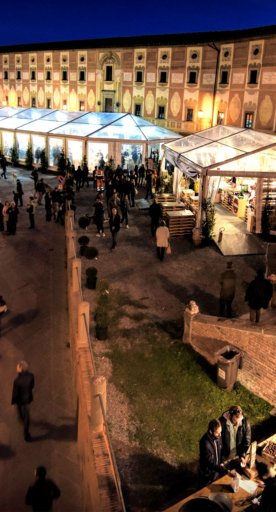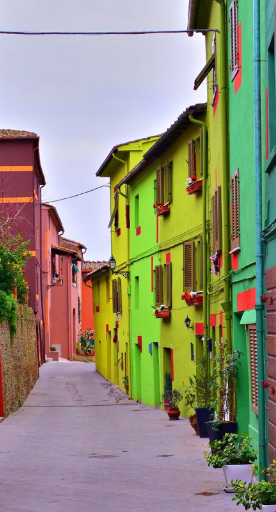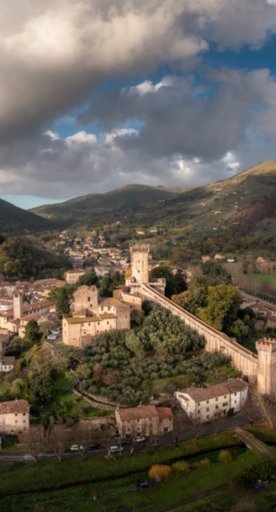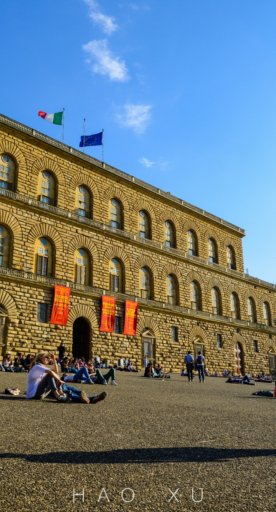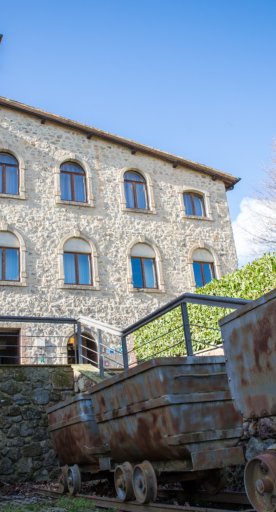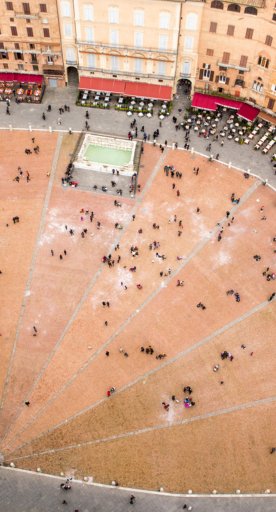

Music in Tuscany: 8 great composers of the past
Discover the places where some of the most famous names in opera were born, lived and died
In Giacomo Puccini, Tuscany can claim one of the most famous composers in the history of music, and a festival in his honour takes place every year on the shores of Lake Massaciuccoli. But Puccini is not the only composer that Lucca, never mind Tuscany, produced: in Luigi Boccherini and Pietro Mascagni, to name but two, the western part of the region boasts a rich musical heritage. Arezzo, meanwhile, was home to arguably the most important musical innovator of them all, the Benedictine monk Guido of Arezzo, who is credited with the invention of modern musical notation. Discover the figures who made Tuscany, justly famous for its art and poetry, a land of music too.
-
1.Giacomo Puccini
-
2.Gioacchino Rossini
-
3.Pietro Mascagni
-
4.Luigi Boccherini
-
5.Guido of Arezzo
-
6.Enrico Caruso
-
7.Alfredo Catalani
-
8.Giulio Caccini
Giacomo Puccini

Tuscany's most famous musical son is, without a doubt, Giacomo Puccini, who was born in Lucca in 1858. Over the course of his life he wrote at least three of the most popular operas in the repertory, La Bohème, Tosca and Madame Butterfly. These and his other works can be heard in opera houses the world over, but Puccini also enjoys his own festival, which takes place every summer in the open-air theatre on the banks of Lake Massaciuccoli, where the composer liked to race his speedboats and where visitors can go kayaking. The Villa Puccini Museum also stands next to the lake, converted from his old country residence, while the house where he was born (Lucca, Corte San Lorenzo no. 8) is now also a museum, Casa Puccini.
Gioacchino Rossini

Rossini (1792-1868) was arguably an even bigger celebrity during his lifetime than Puccini was in his, thanks to operas like The Barber of Seville and Cenerentola. Though not Tuscan - he was born in Pesaro - it is here that he rests, in the Basilica di Santa Croce, his coffin having arrived at Santa Maria Novella station on 7 May 1887. He keeps good company in Santa Croce, his marble tomb, sculpted by Giuseppe Cassioli, resting alongside those of Michelangelo, Machiavelli and Galileo, to name only the most famous there. For a taste of what Rossini did while alive, you can go to Pistoia and Caffè Valiani, where he and other composers, such as Verdi and later Puccini and Leoncavallo, wined and dined.
Pietro Mascagni
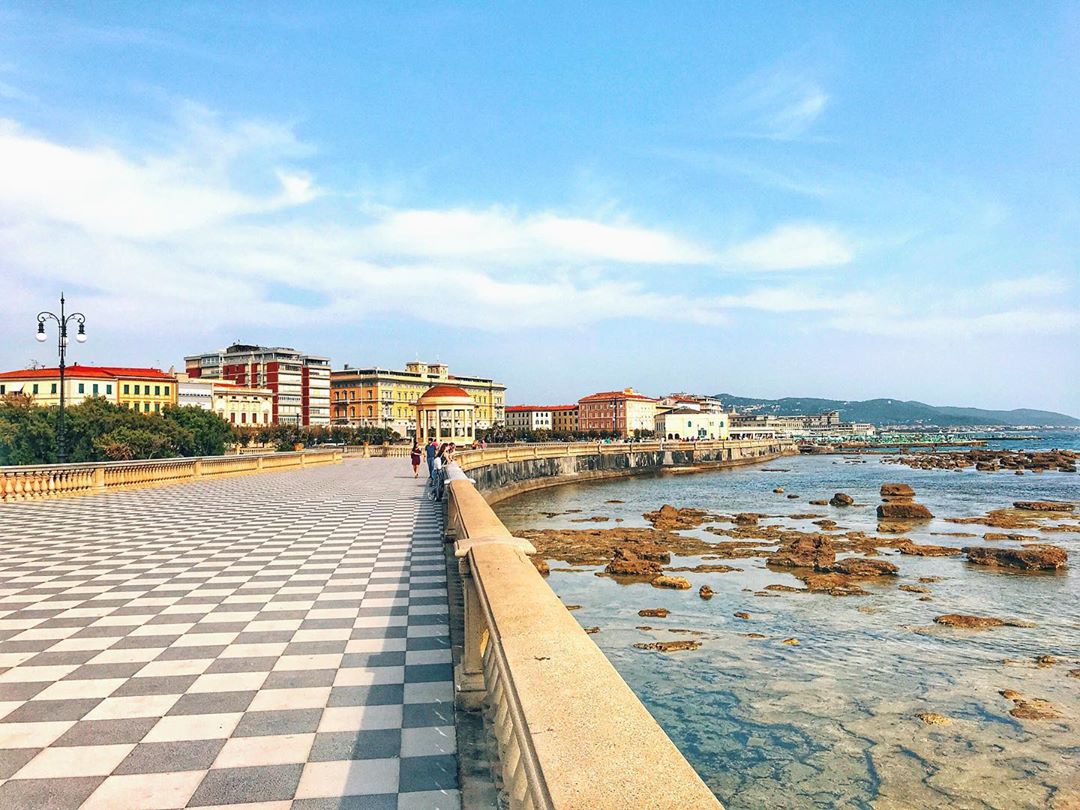
The fame of Pietro Mascagni (1863-1945), a native of Livorno, rests almost entirely on one one-act opera, Cavalleria Rusticana, which has never ceased in popularity since its premiere in Rome in May 1890. It saw its first Livornese performance three months later, in Teatro Goldoni, and indeed one of the city's most famous sights, the Mascagni Terrace, is named after the composer. This giant piazza, overlooking the sea, is designed like a chessboard, composed of 34,000 black and white tiles. Mascagni is buried in Livorno's Cimitero della Misericordia, while the church of San Benedetto houses an organ that he played in his youth.
Luigi Boccherini

Puccini is not the only composer that Lucca produced: it also gave birth to Luigi Boccherini (1743-1805), who was known in his lifetime as 'Haydn's wife' for his stylistic similarities to the Austrian master. He trained as a cellist, and became cello teacher and composer at the courts of Madrid and then Prussia, producing a large body of chamber music and a number of operas along the way. Most visible evidence of Boccherini is found in his hometown of Lucca: he is buried in the church of San Francesco, where his remains were transferred from Spain in 1927, while his birthplace in Via Buia is identified by a plaque. A statue of the composer, playing his beloved cello, sits in Piazza del Suffragio, outside the Boccherini Institute of Musical Studies.
Guido of Arezzo

The name of Guido of Arezzo is known only dimly, if at all, even to many musicians, though they work with his legacy every day. This Benedictine monk is credited with having invented modern musical notation, by way of introducing the use of the stave and syllables to name the notes of the scale. The Guido Monaco House Museum occupies the house in which he is thought to have been born, in Castellaccia, the old part of the Aretine town of Talla. Arezzo, which claims Guido as its own (even boasting a Guido Monaco Philharmonic Orchestra), has a Piazza Guido Monaco with a towering statue to the monk, which was sculpted in 1882 by Salvino Salvini. There is also a statue to him, alongside other great Tuscans, in the Uffizi loggia in Florence, although there is no evidence that he ever visited the city.
Enrico Caruso

Neither a composer nor Tuscan, the most famous tenor of his day was born in Naples in 1873, and despite becoming a darling of the New York Met, he made Tuscany his second home. Caruso sang in Mascagni's Cavalleria Rusticana at Teatro Goldoni, Livorno, and in 1904 he bought the villa "I Pini", near Sesto Fiorentino. In 1906 he purchased another residence, Villa Bellosguardo, up towards Lastra a Signa. This latter house is surrounded by a monumental park, which contains a large number of animals, both living and sculpted; the inside of the villa is home to the Enrico Caruso Museum. Further west, Caruso also enjoyed the tranquillity of Lake Massaciuccoli, where he met and befriended Puccini.
Alfredo Catalani
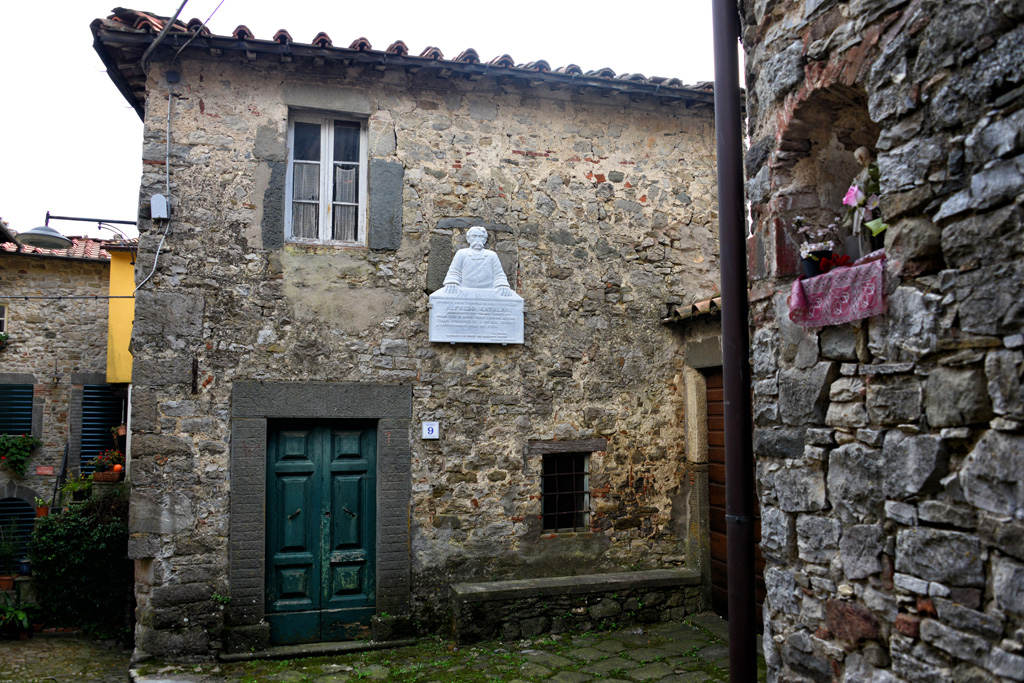
Alfredo Catalani was born in 1854 in Lucca. He was the son of musicians - his father Eugenio was a musician and teacher - and Alfredo began studying music in 1863 at the city's Institute as a student of Fortunato Magi, Giacomo Puccini's uncle.
Like Puccini, to obtain his diploma he composed a Mass for 4 voices, choir and orchestra, earning him the flattering opinions of critics and audiences.
He then studied in Paris and Milan, but spent his periods of rest in Lucca. His best-known opera is La Wally, first staged in Milan in 1892.
Giulio Caccini
Born in Rome around 1550, he became court musician for the Medici family. For many years, he was a member of the circle of humanists known as the Camerata de' Bardi: he is also credited with the birth of recitar cantando, the monodic style that is most closely aligned with the content of lyrical or dramatic texts as we know them today.
In 1600, he collaborated with Iacopo Peri on the music for Eurydice, the earliest example of a melodrama; however, his musical version was released separately in 1601, after that by Peri, who also descended from an ancient family of Florentine leather artisans and was a musician and singer at the Medici court.
The opera Eurydice was staged at Palazzo Pitti on May 28, 1600, and was performed again on October 6 as part of the wedding celebrations for Maria De' Medici and Henry IV of France.











